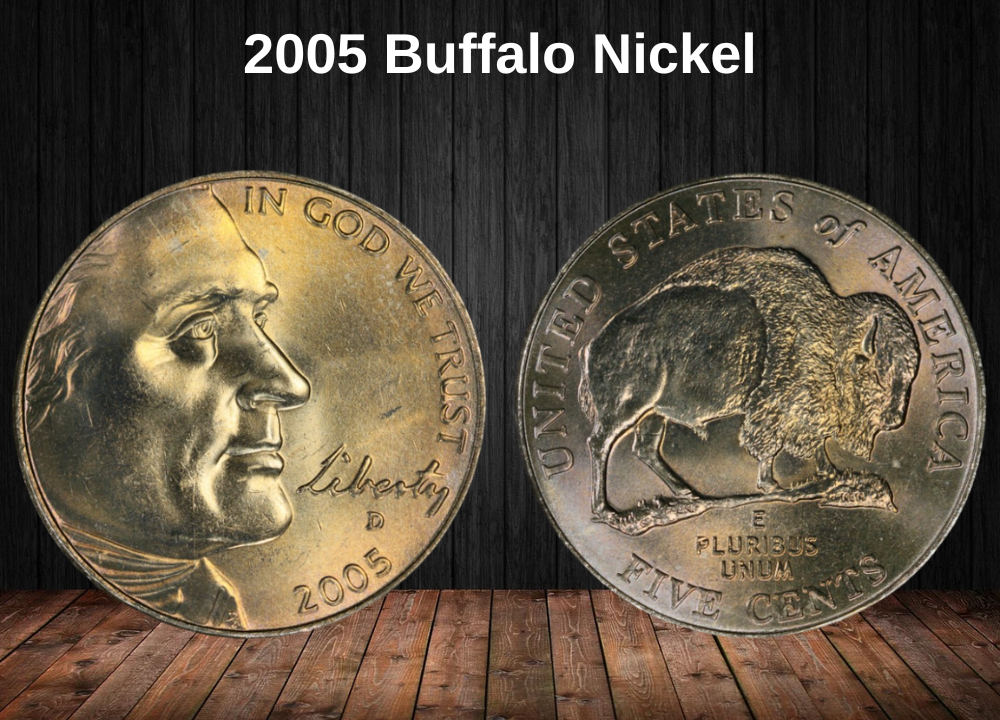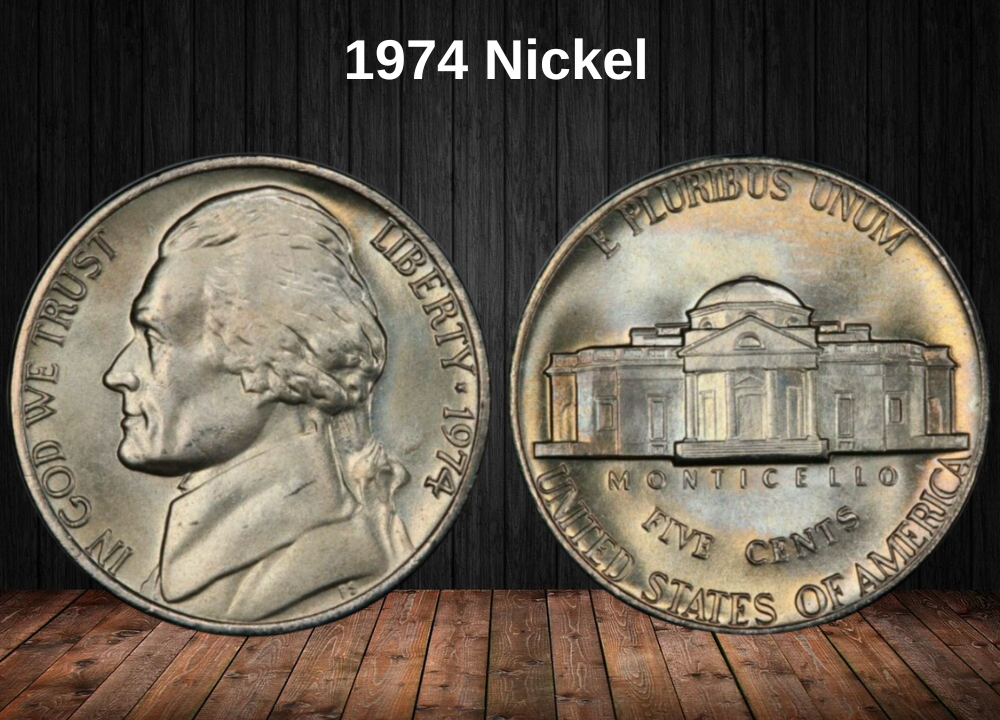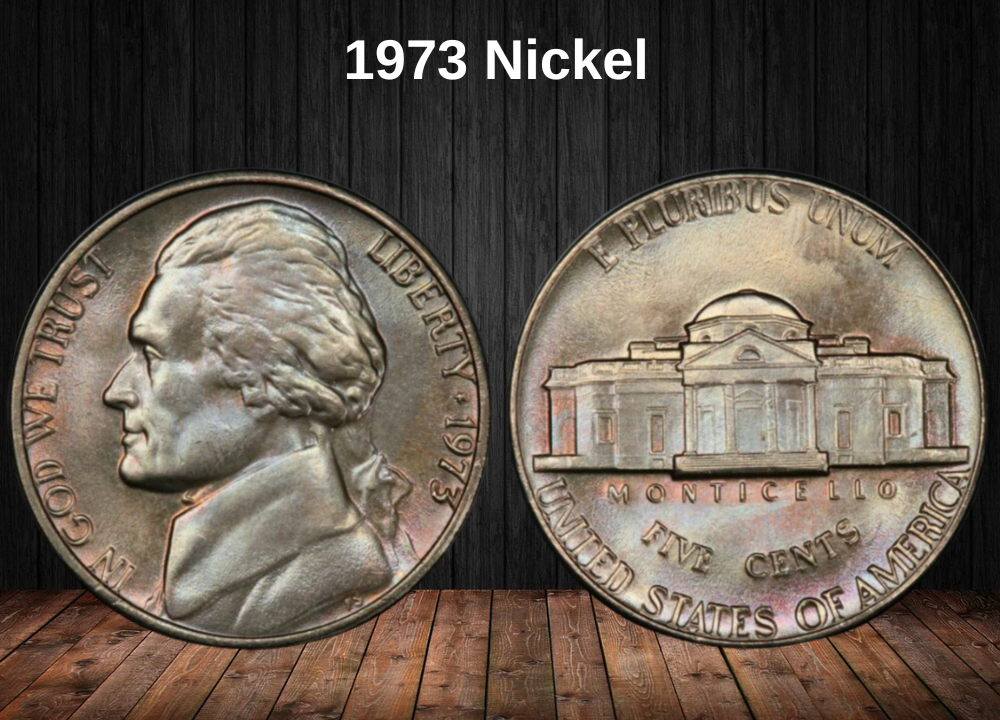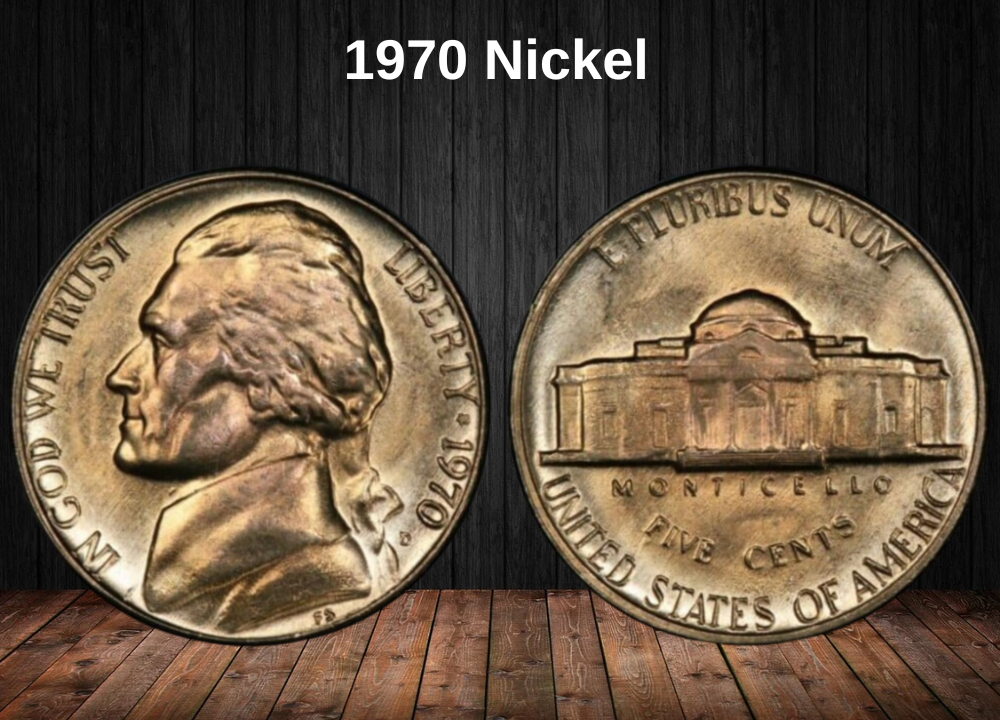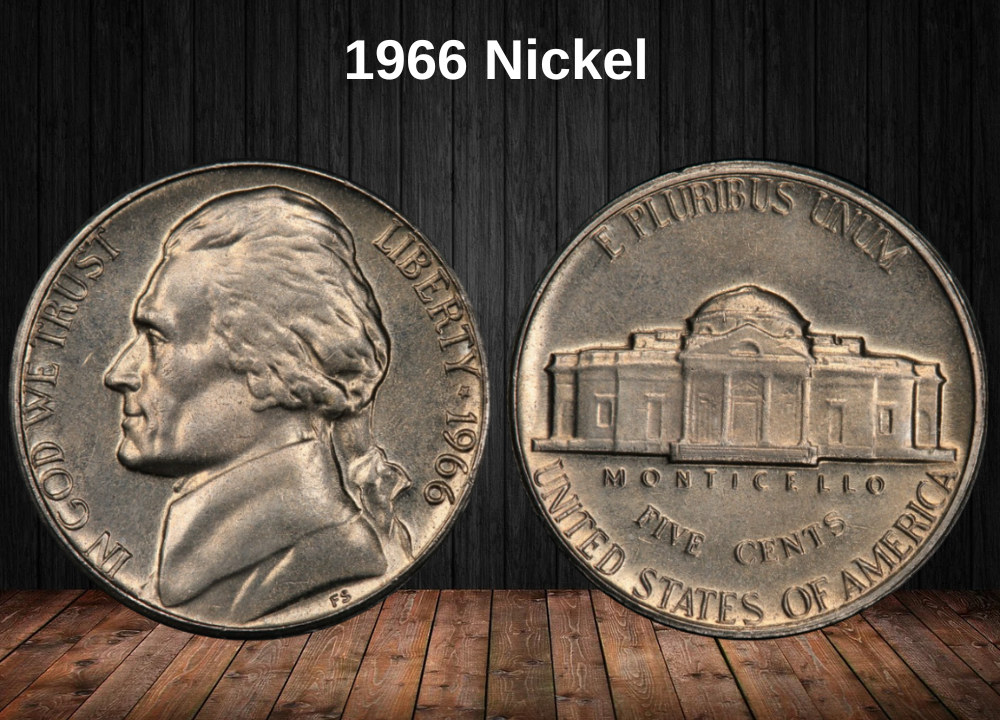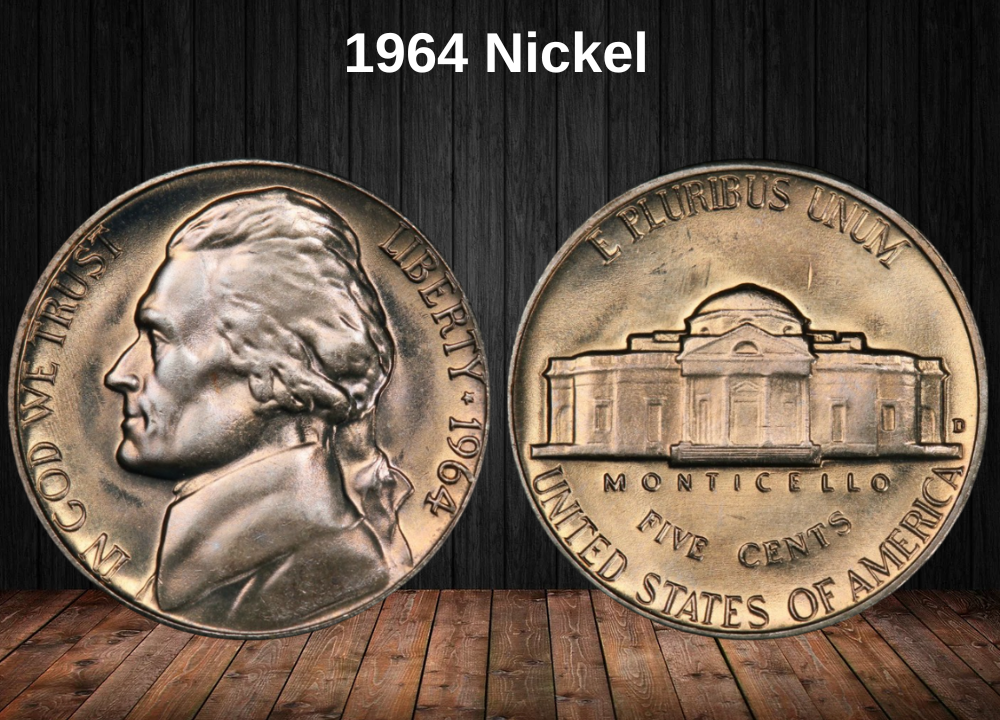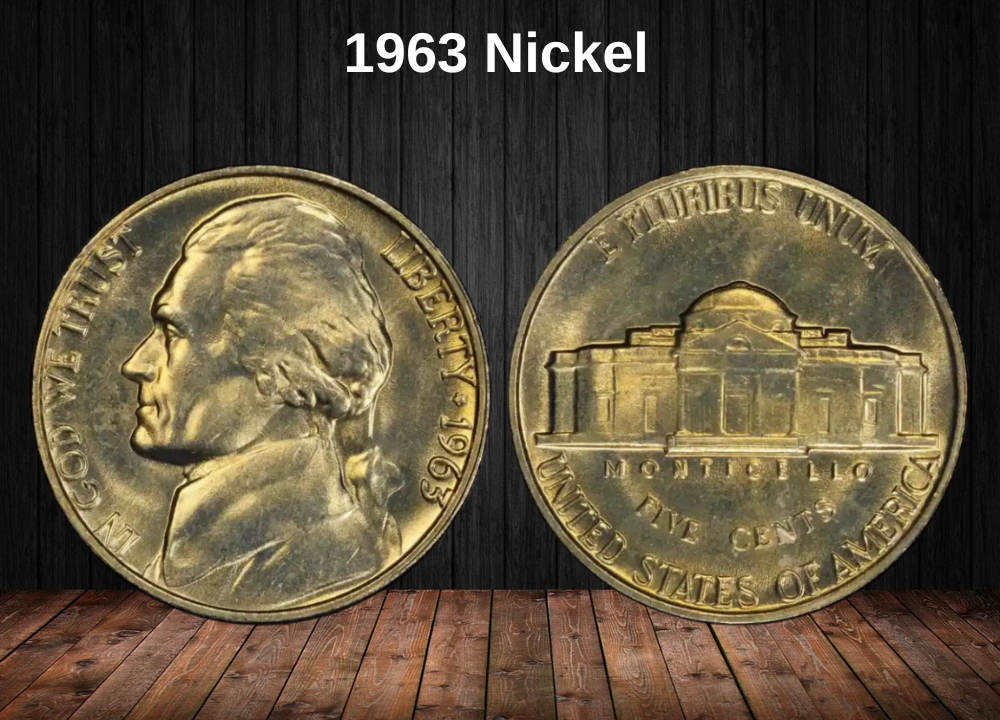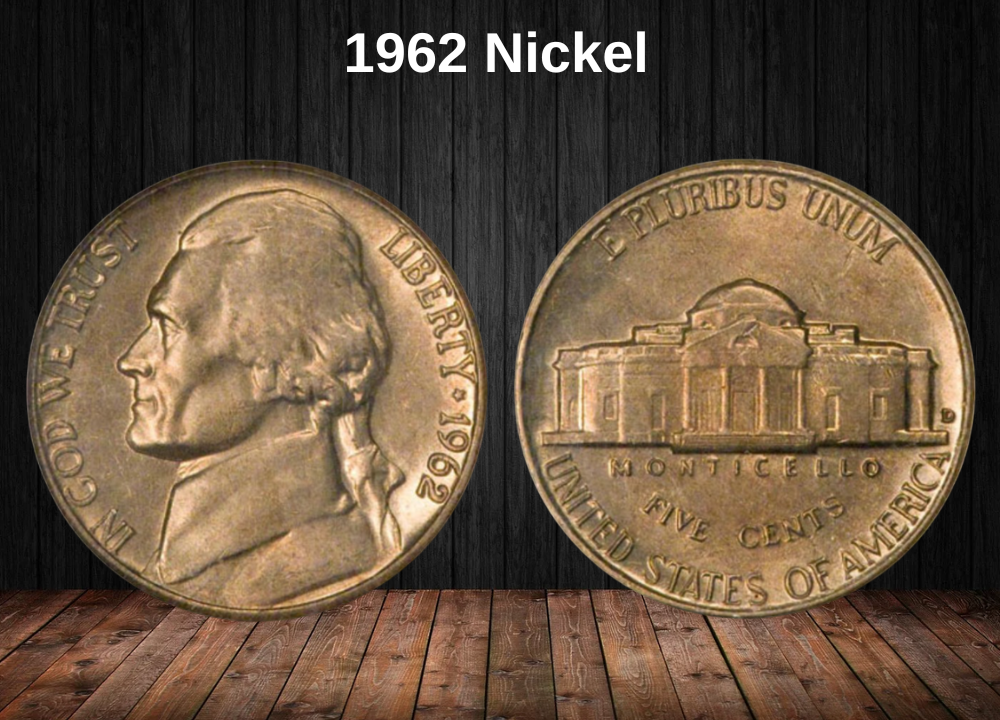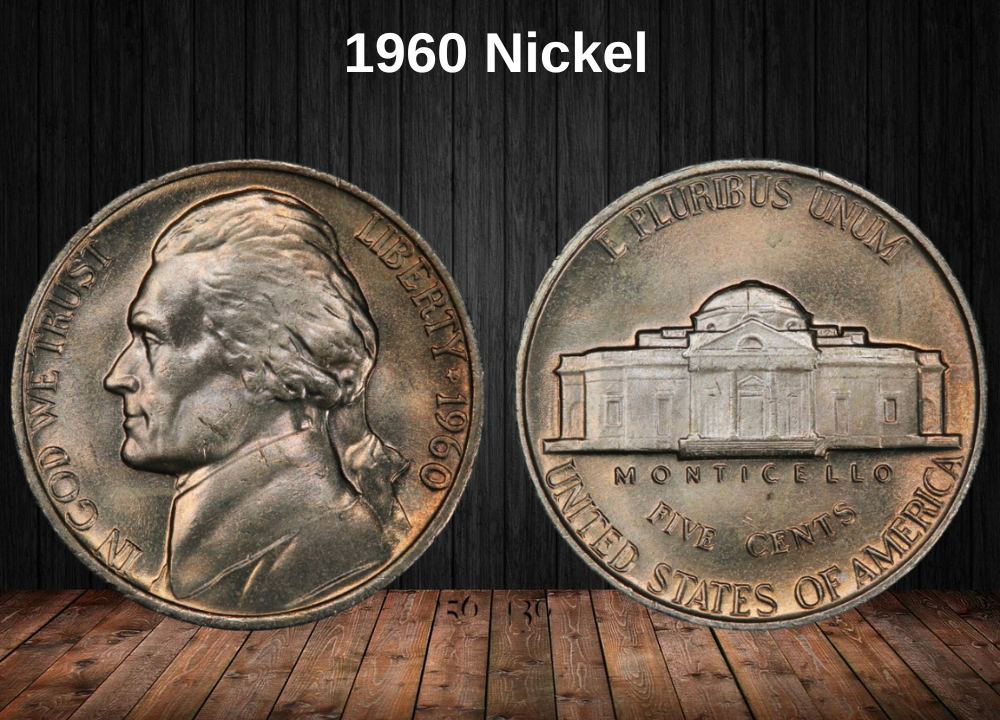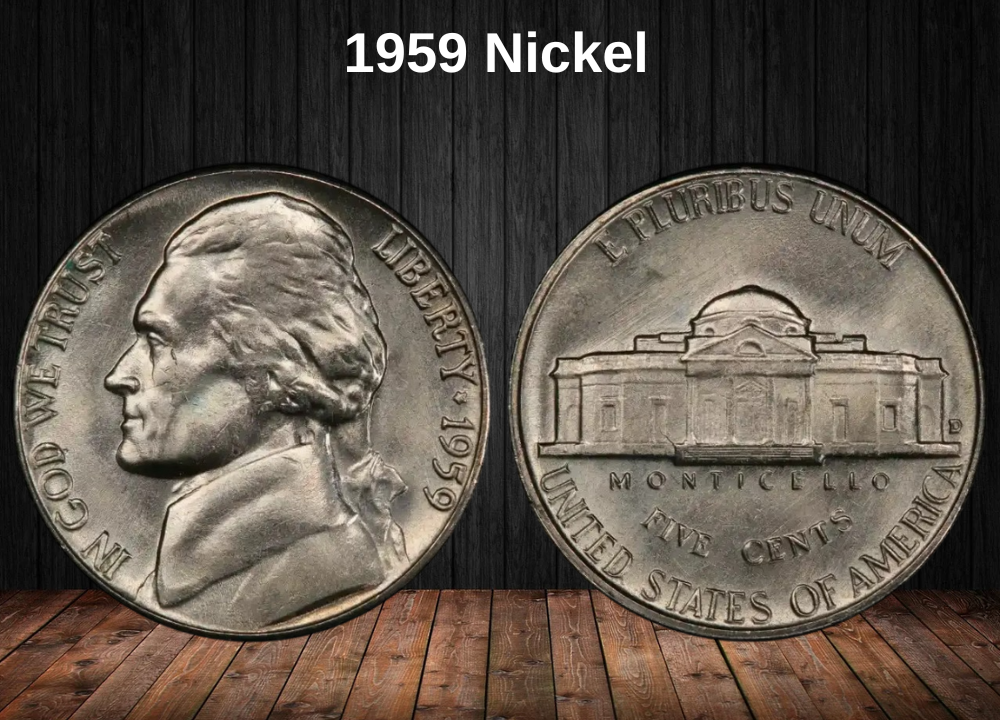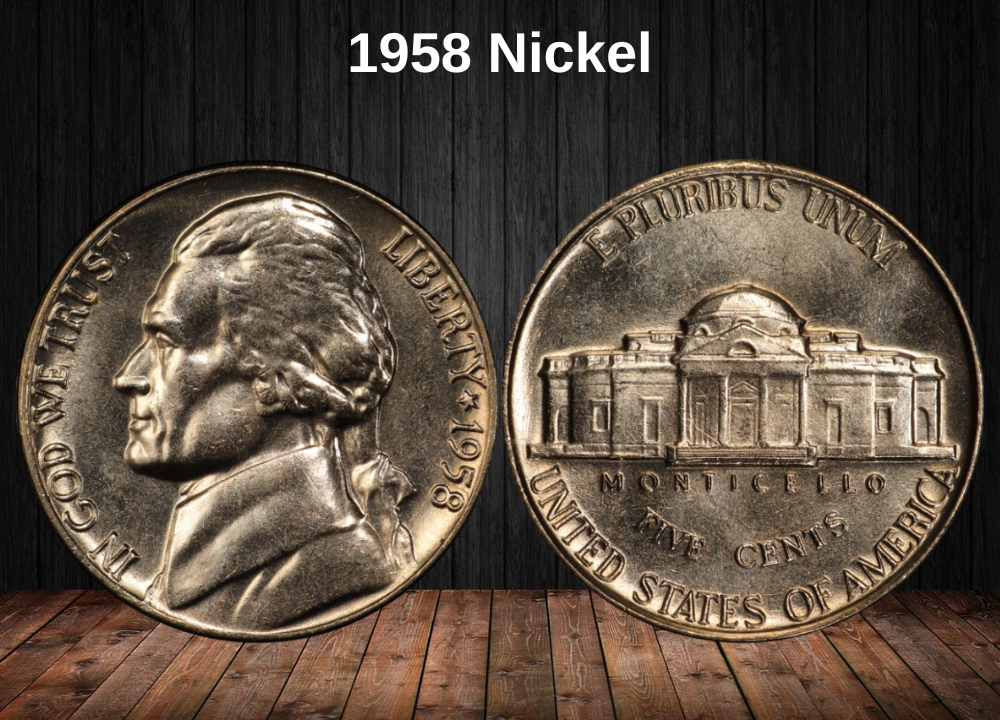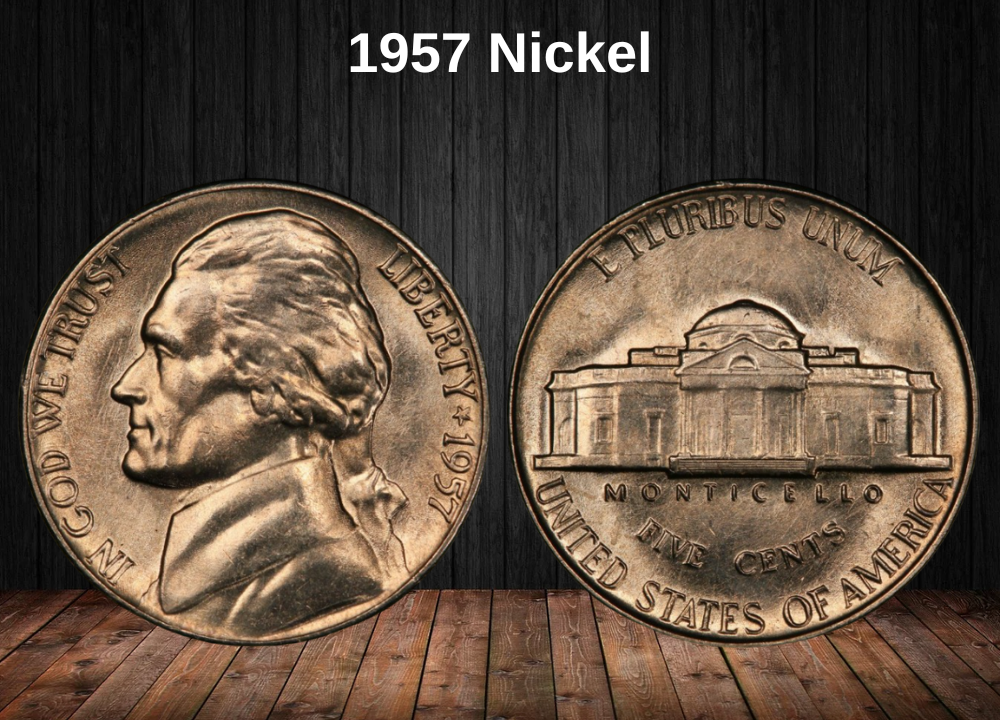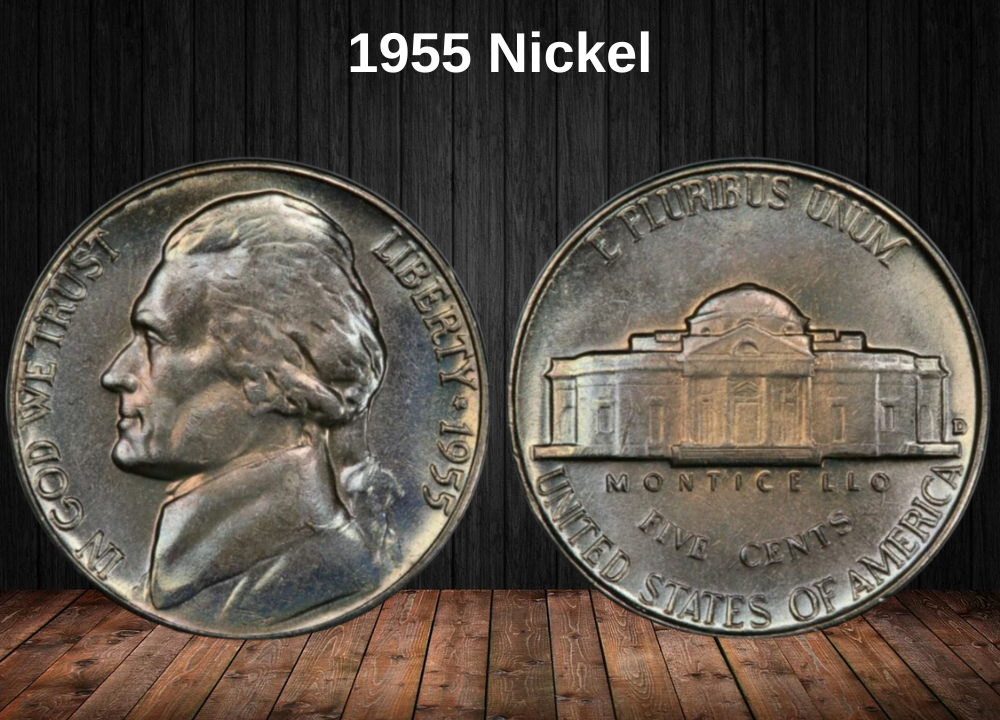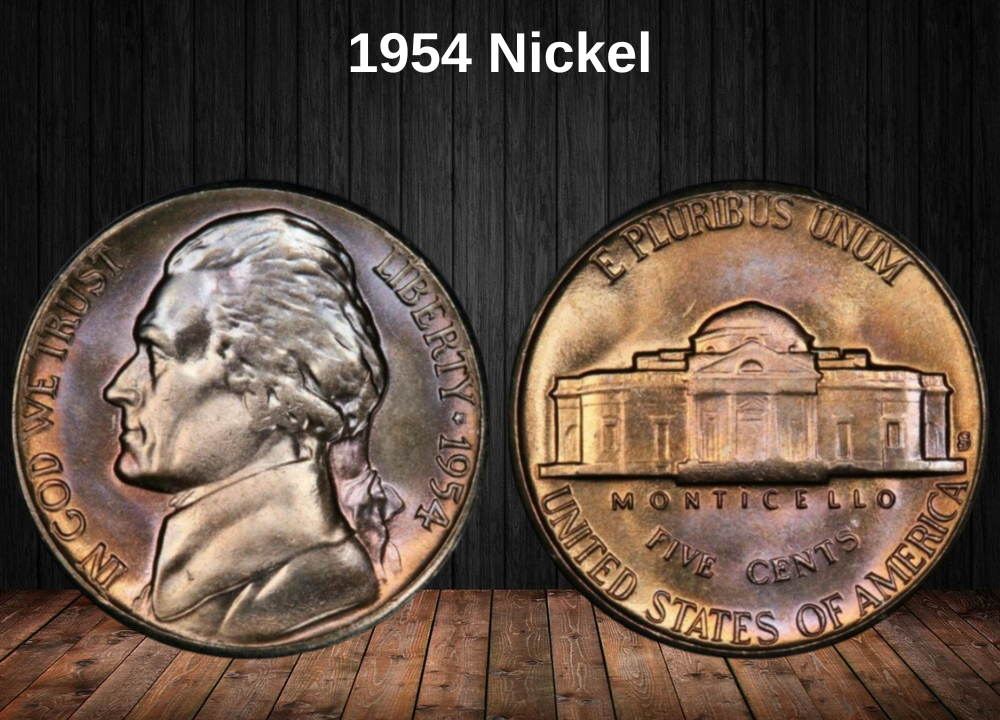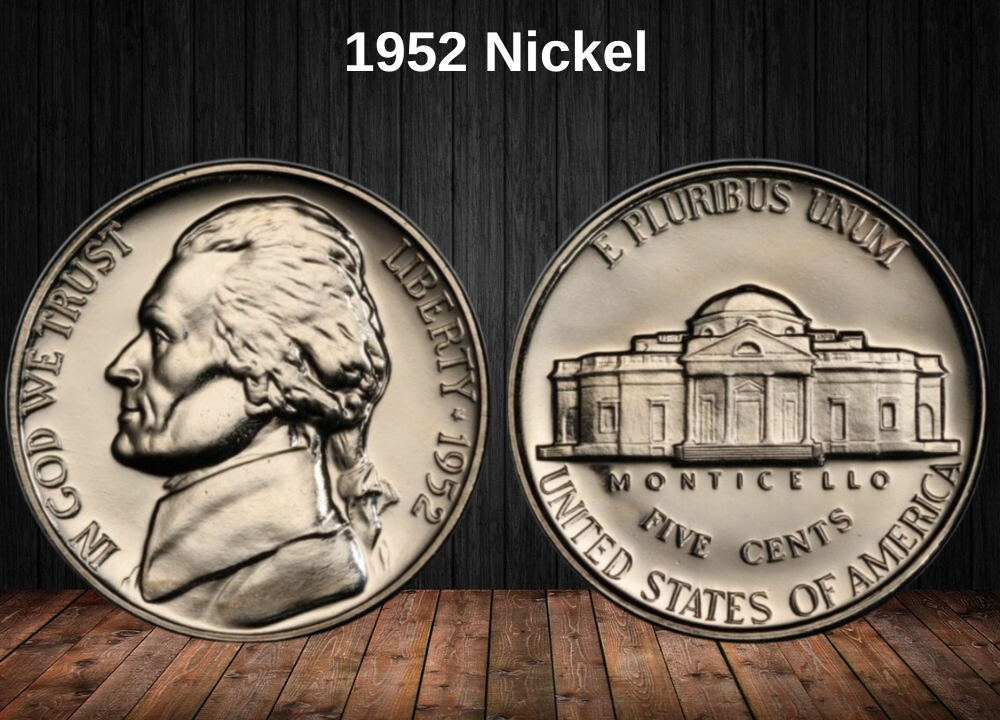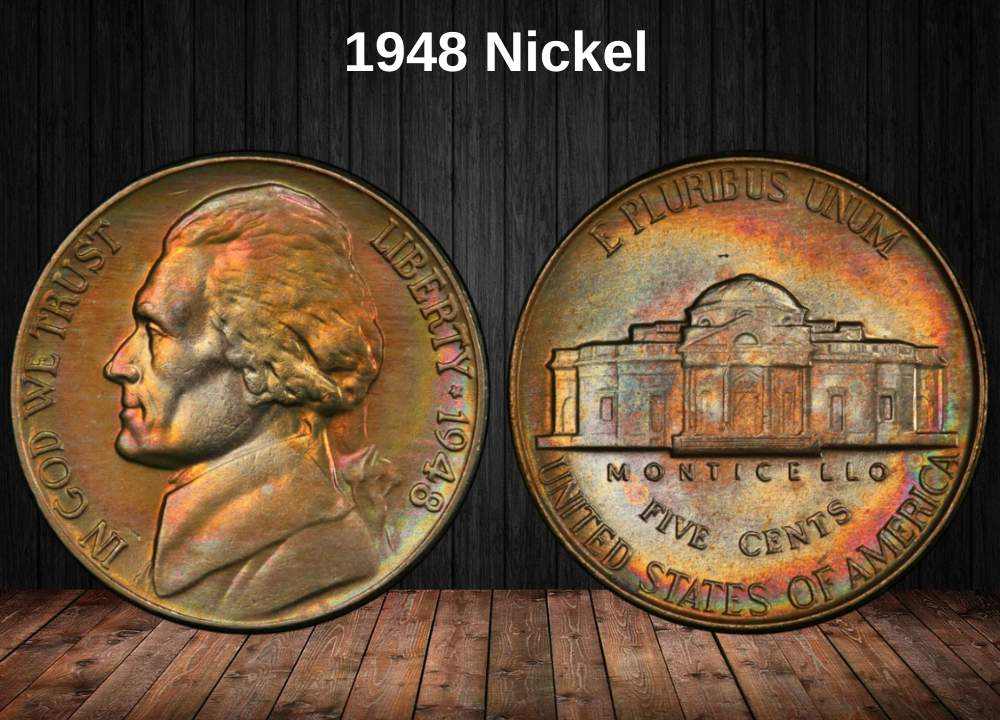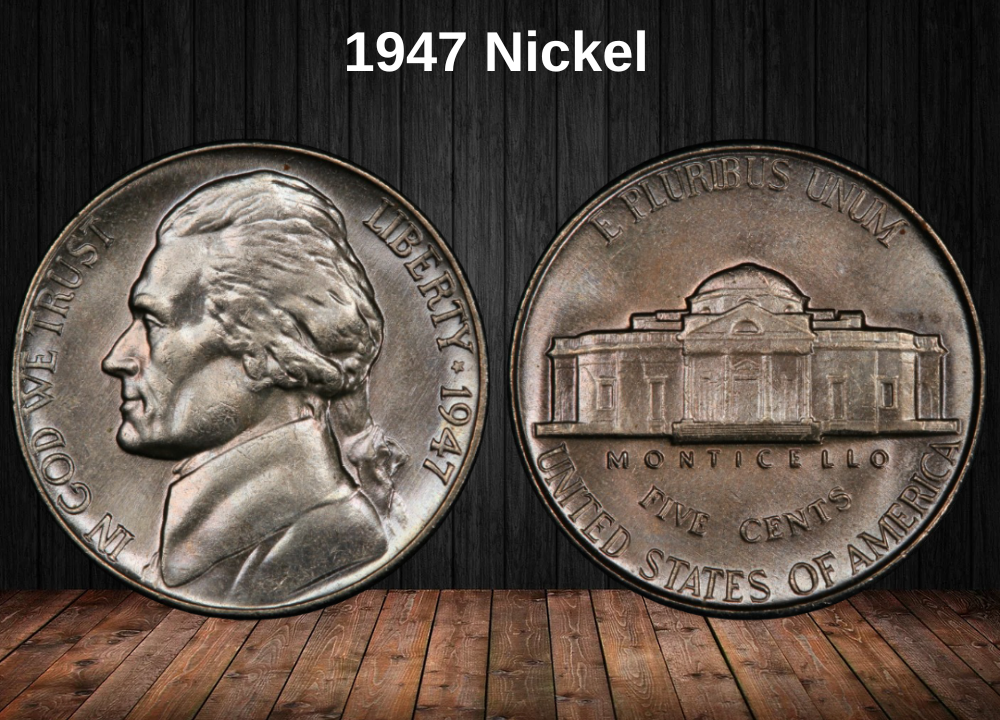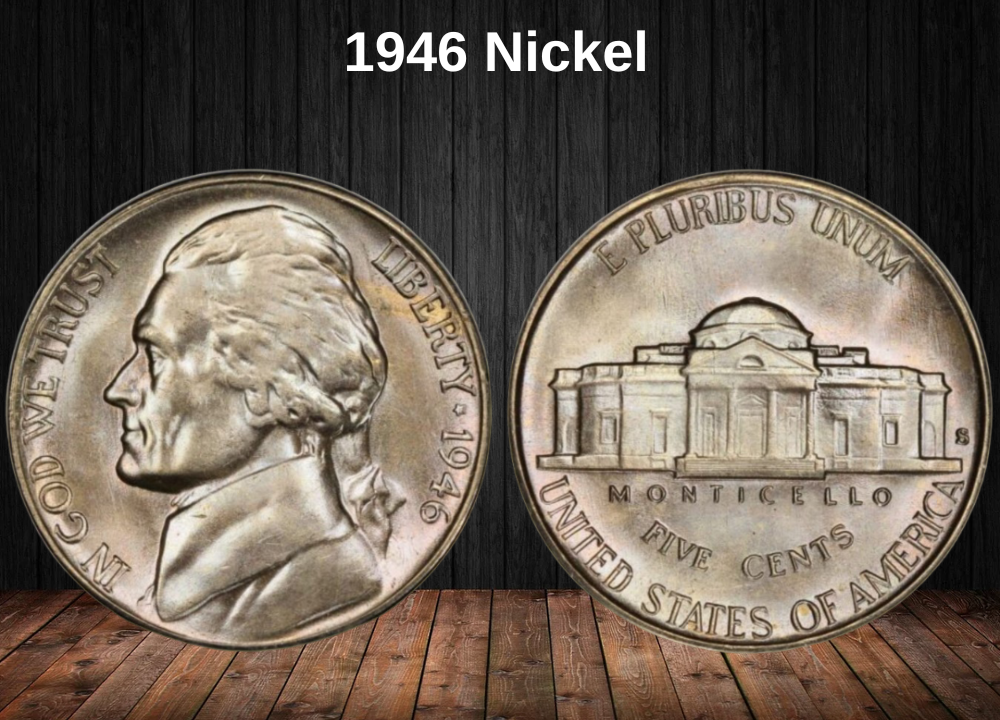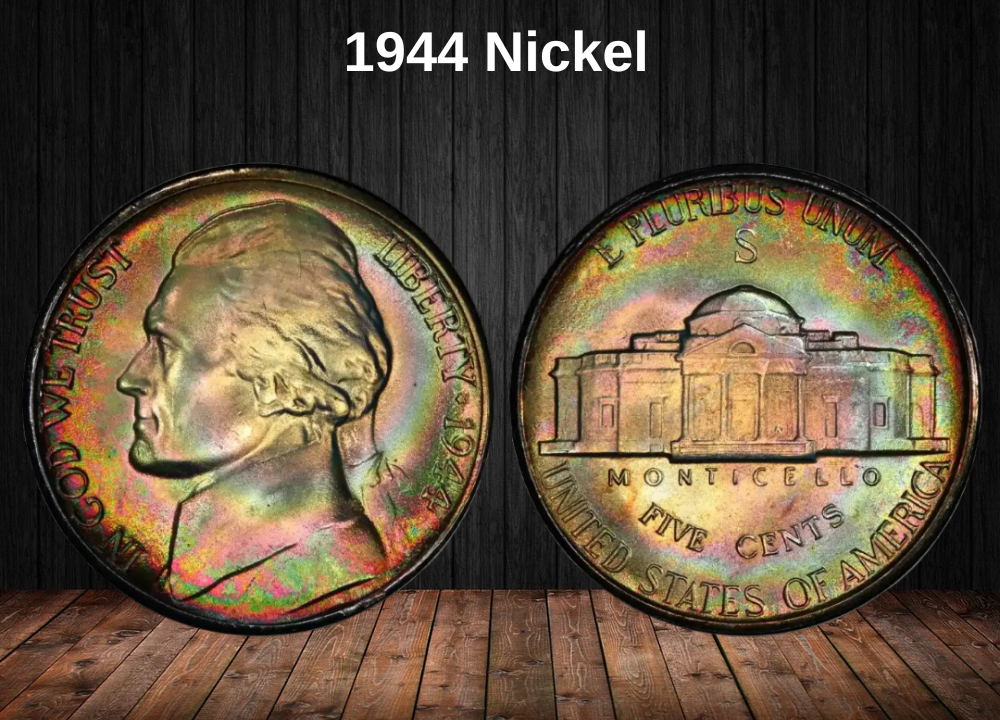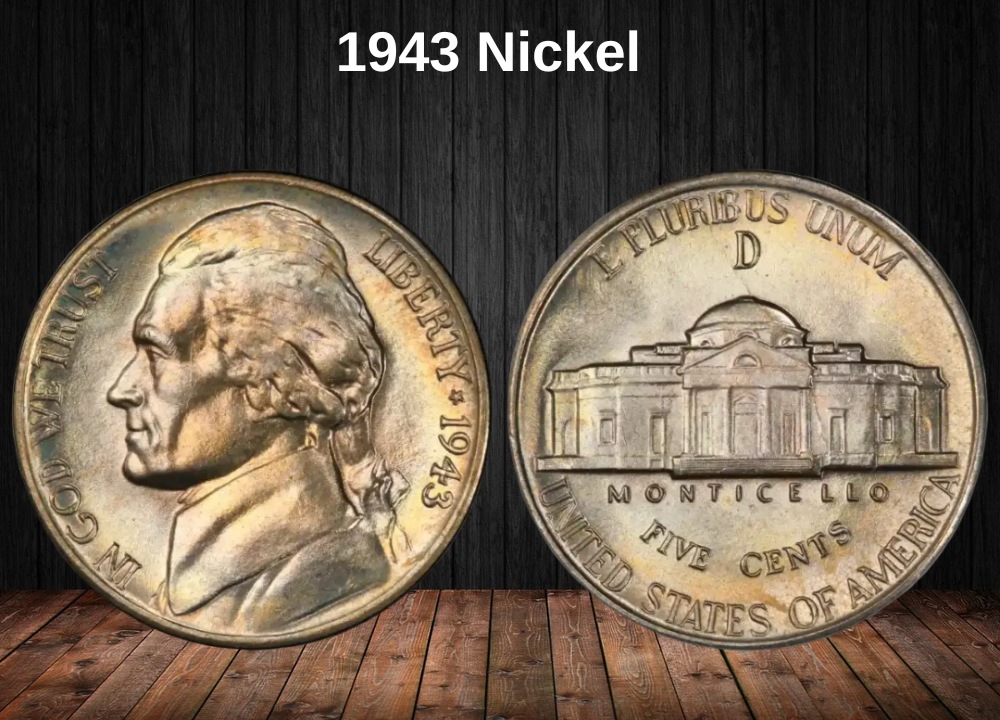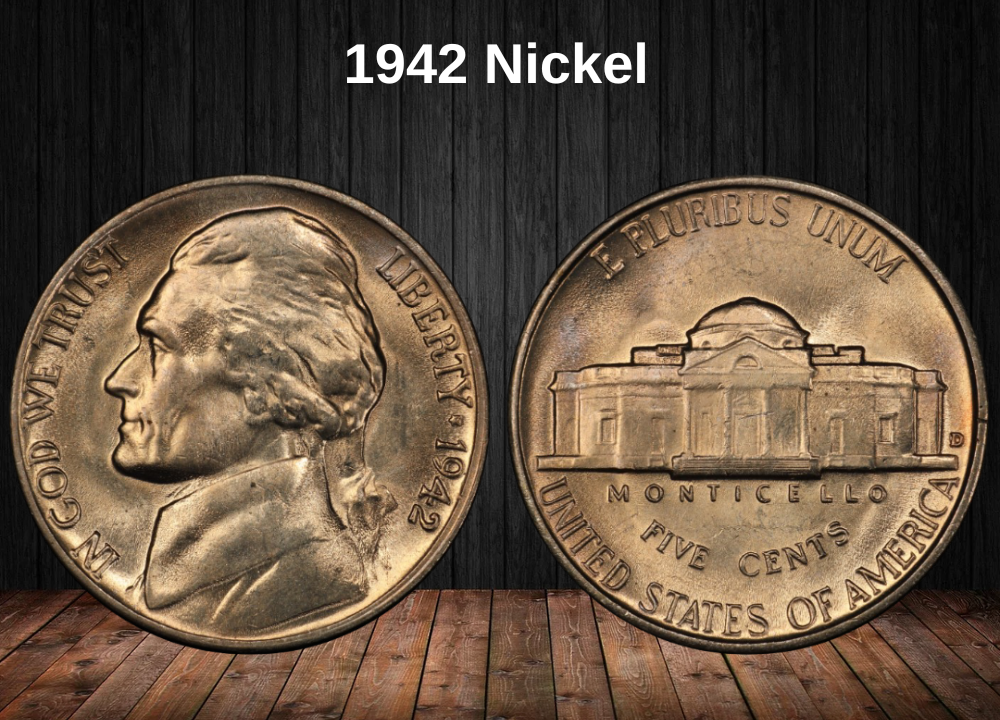The Jefferson nickel has been in circulation since 1938, but the 1965 edition stands out as part of a transitional era in U.S. coinage. While most 1965 nickels are worth only their face value, certain examples—especially high-grade, full step strikes or rare mint errors—can fetch hundreds or even thousands of dollars at auction.
In this guide, we’ll break down the 1965 nickel’s history, design features, grading, and detailed value charts. We’ll also cover notable error coins, how to spot them, and where to sell your finds for the best price.
1965 Nickel Value Chart
| Type / Grade | XF45 | MS60 | MS65 | MS67 | Full Steps (FS) MS64 | Full Steps (FS) MS67 |
|---|---|---|---|---|---|---|
| 1965 No Mint Mark (Business Strike) | n/a | $1 | $15 | $2,000 | ~$250 | $40,000 |
| Special Strike (SP) | SP60: $3 | SP65: $10 | SP67: $24 | n/a | Cameo SP65: $18 | Deep Cameo SP67: $3,650 |
History of the 1965 Nickel
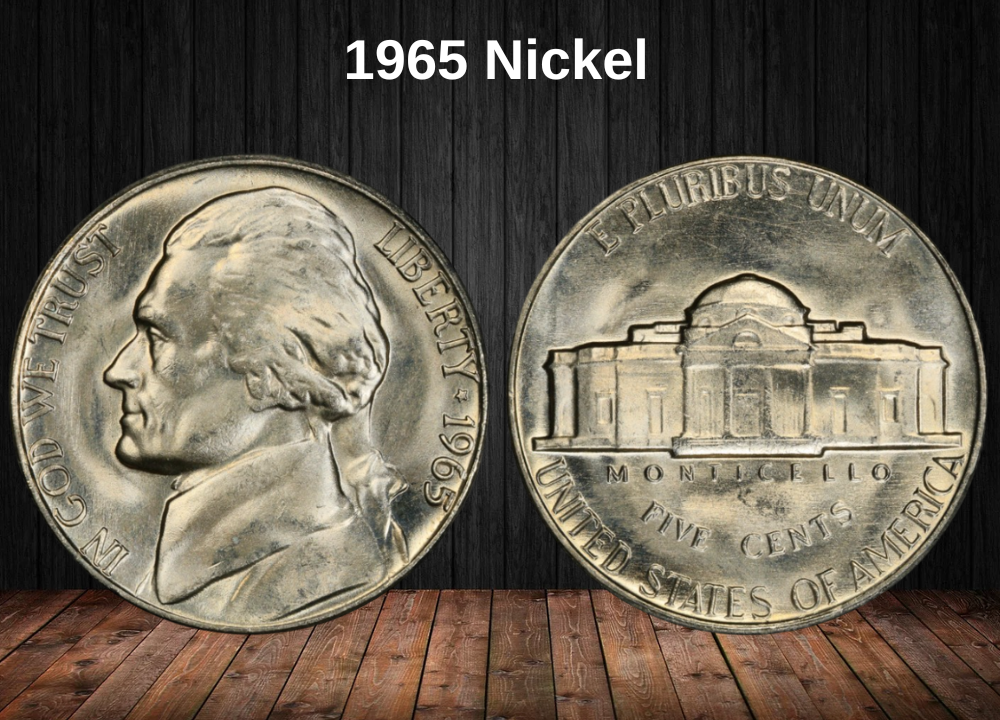
1965 marked the first year in the so-called modern original design era for Jefferson nickels. While visually identical to earlier Jefferson nickels, this year’s coins were part of a major shift in U.S. coinage policy: the removal of silver from dimes, quarters, and half dollars due to rising bullion prices.
The Jefferson nickel, first struck in 1938, replaced the Buffalo nickel, which had been difficult to mint with consistent quality. Designed by Felix Schlag, the coin’s obverse featured Thomas Jefferson’s portrait, while the reverse showcased his Monticello home in Virginia.
Unlike earlier issues, the 1965 nickel was struck exclusively at the Philadelphia Mint. There were no proof coins, but the Mint released Special Strike coins in Special Mint Sets (SMS) for collectors.
Schlag’s initials were not originally on the design, but in 1966, the U.S. Mint added them beneath Jefferson’s bust, where they remained until 2005.
Features of the 1965 Nickel
The Obverse of the 1965 Nickel
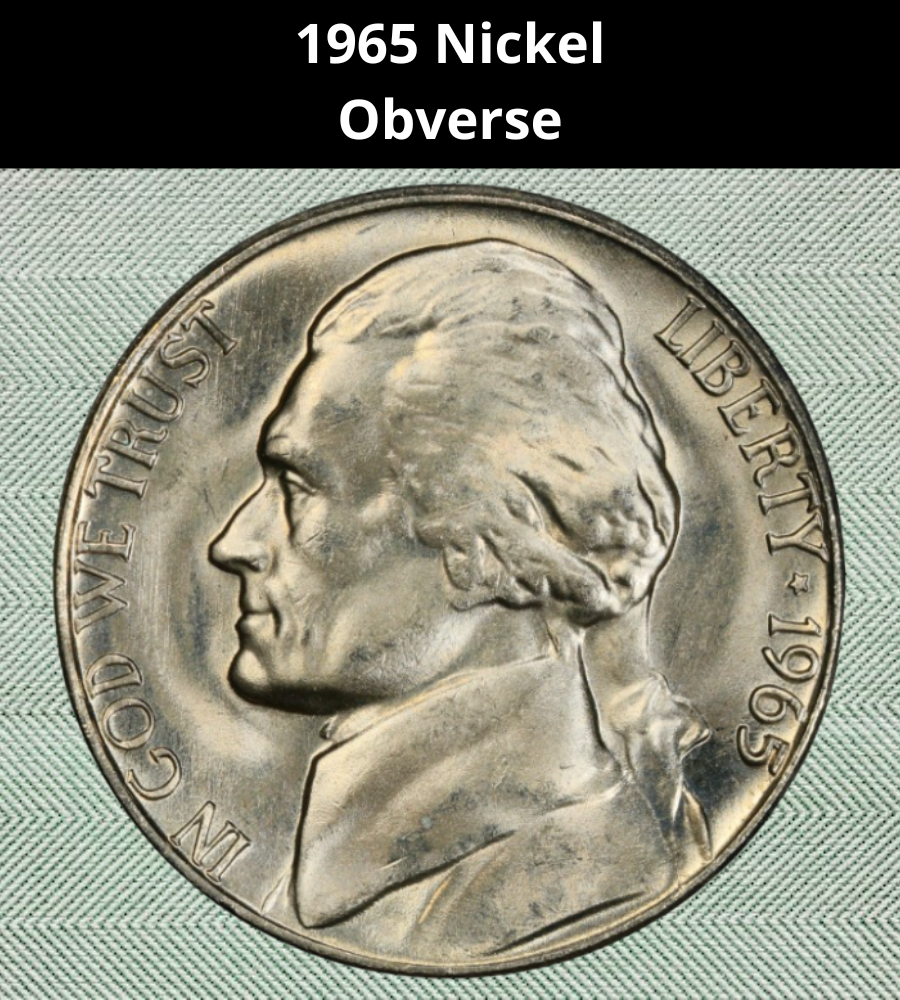
The obverse depicts Thomas Jefferson facing left, adapted from a bust by French sculptor Jean-Antoine Houdon. The inscriptions include:
- “IN GOD WE TRUST” along the left rim.
- “LIBERTY” and the date on the right.
Notably, there is no mint mark—all 1965 nickels were produced in Philadelphia, which did not add mint marks until the late 1970s.
The Reverse of the 1965 Nickel
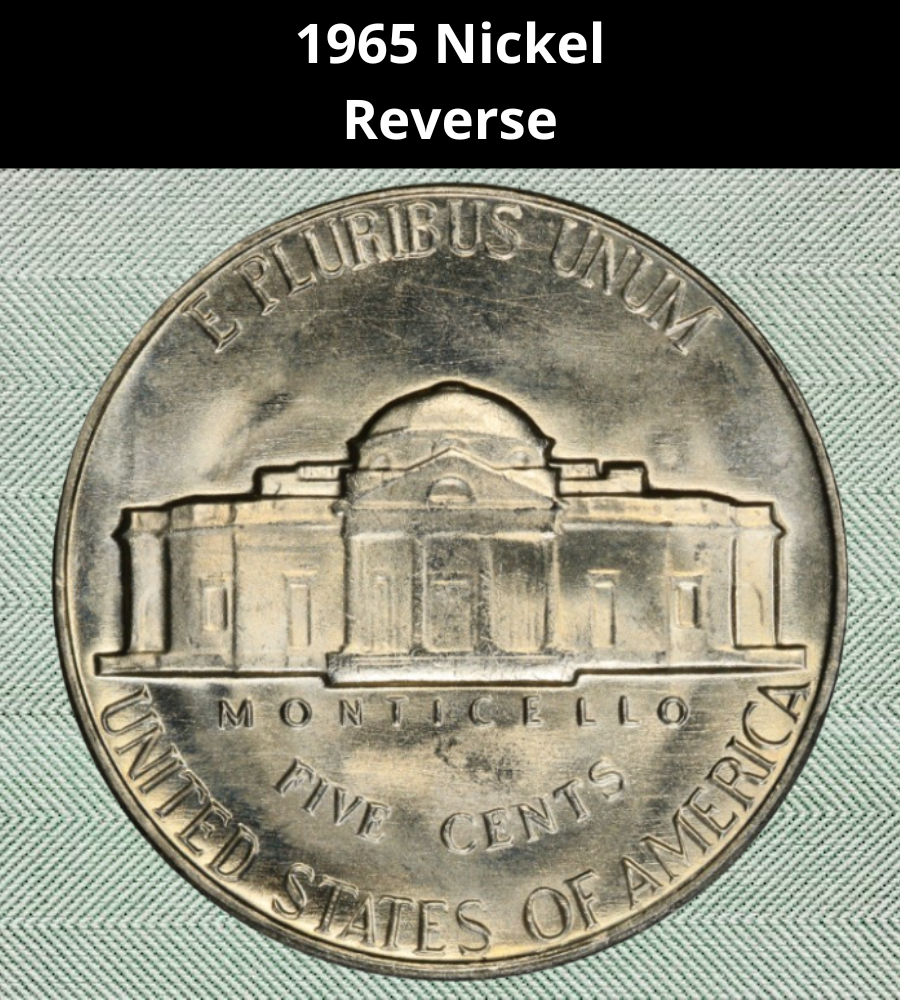
The reverse shows Monticello, Jefferson’s Virginia home, head-on. The inscriptions include:
- “E PLURIBUS UNUM” at the top.
- “MONTICELLO” and “FIVE CENTS” in the center and bottom.
- “UNITED STATES OF AMERICA” curving along the lower rim.
Other Features of the 1965 Nickel
- Composition: 75% copper, 25% nickel.
- Diameter: 21.2 mm.
- Weight: 5.0 g.
- Edge: Plain (smooth).
Full Steps Designation (FS): Coins with five or six fully visible, unbroken steps on Monticello are rare and command a significant premium.
1965 Nickel Grading
The coin grading scale (Sheldon Scale) ranges from 1 (Poor) to 70 (Perfect Mint State):
| # | Grade |
|---|---|
| 1 | Basal State-1 |
| 2 | Fair |
| 3 | Very Fair |
| 4, 5, 6 | Good |
| 7, 8, 10 | Very Good |
| 12, 15 | Fine |
| 20, 30 | Very Fine |
| 40 | Extremely Fine |
| 50 | About Uncirculated |
| 60 | Mint State |
| 65 | Mint State |
| 70 | Mint State |
FS designation is added for coins with sharp Monticello steps.
1965 Nickel Value Guides
While most 1965 nickels you’ll find in circulation are only worth their face value, certain examples—especially those in top condition or with rare characteristics—can be worth hundreds or even thousands of dollars. Here’s a breakdown of both regular business strikes and special strikes.
1965 No Mint Mark Nickel Value
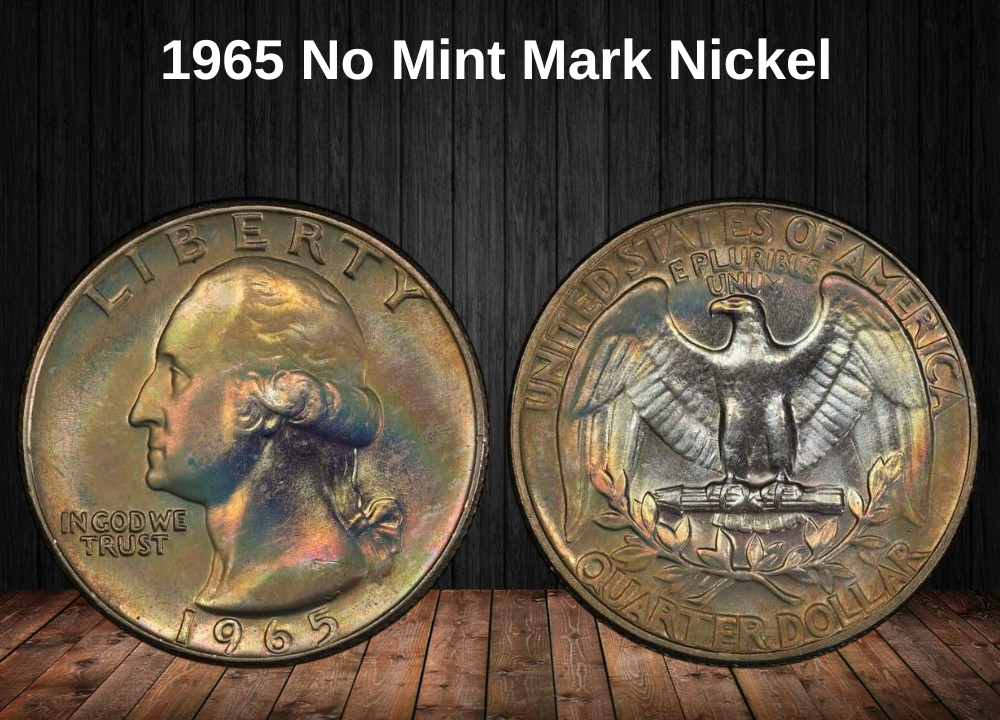
In 1965, the Philadelphia Mint was the only facility producing nickels, and it struck more than 136 million business strike coins for everyday use. Because of that large mintage, circulated examples are still very common today.
Circulated coins generally sell for 5 to 10 cents unless they have a notable mint error.
Uncirculated coins in high grades and especially those with the Full Steps (FS) designation are much more valuable.
Why Full Steps Matter
The “Full Steps” designation is awarded to coins showing all 5 or 6 steps on Monticello’s entrance clearly separated, without blending or wear. This requires an exceptionally strong strike and minimal handling, making FS coins from 1965 scarce.
The PCGS estimates that only around 1,000 full step nickels from 1965 survive in all grades combined.
Value by Grade (No Mint Mark 1965 Nickel)
- MS60: ~$1
- MS65: ~$15
- MS67: ~$2,000 (only 10 certified by PCGS)
- Full Steps MS63 FS: ~$250
- Full Steps MS64 FS: ~$2,000
- Full Steps MS65 FS: ~$10,000 (only one known)
- Full Steps MS66 FS: ~$40,000 (two known examples)
1965 No Mint Mark Special Strike Nickel Value
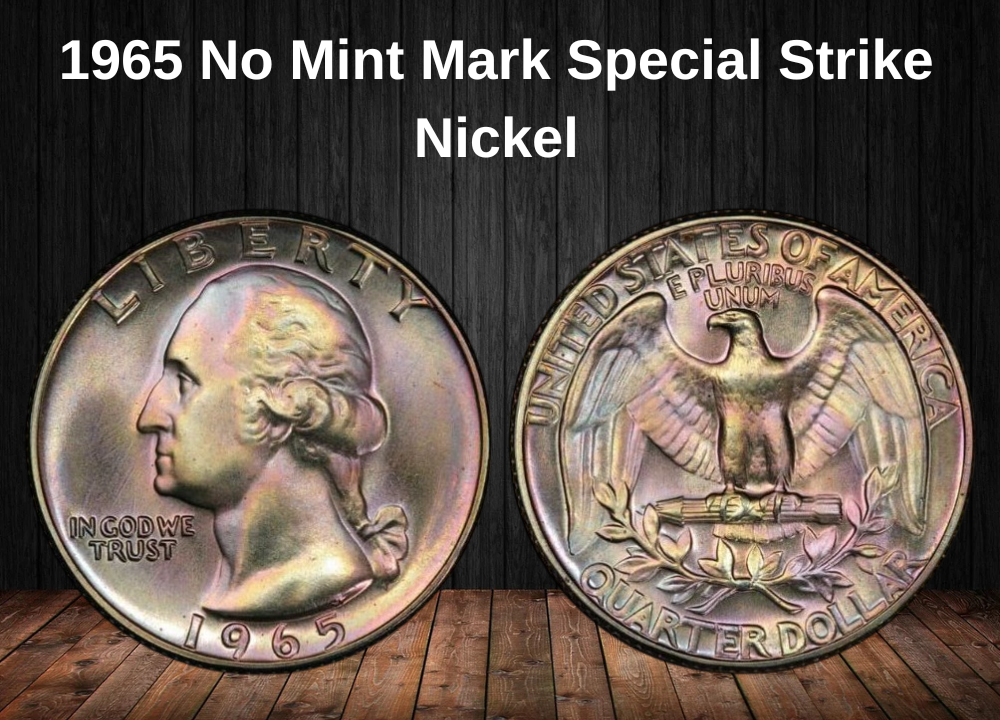
In 1965, the Mint did not produce proof nickels, but instead issued Special Strike (SP) coins for collectors, sold in Special Mint Sets (SMS). These coins were struck with more care than business strikes, resulting in sharper details and smoother surfaces, but they are not quite proof quality.
Special strike coins carry the SP prefix in grading, and values depend heavily on condition and whether they have the Cameo (CAM) or Deep Cameo (DCAM) contrast.
Standard Special Strike Values
- SP60: ~$3
- SP65: ~$10
- SP67: ~$24
Cameo Special Strike Values
- SP60 CAM: ~$4
- SP65 CAM: ~$18
- SP67 CAM: ~$210
- SP68 CAM: ~$1,500 (six known examples)
Deep Cameo Special Strike Values
- SP63 DCAM: ~$100
- SP65 DCAM: ~$425
- SP67 DCAM: ~$3,650 (16 known examples)
Tip for Collectors:
To identify cameo and deep cameo coins, look for a strong frosted texture on Jefferson and Monticello that contrasts sharply with mirror-like fields. Deep cameos have the most dramatic contrast, often visible without magnification.
Rare 1965 Nickel Errors List
1) 1965 (P) No Mint Mark Nickel — Foldover Strike
Description:
Happens when the blank planchet is struck on its edge, folding over itself and distorting the coin.
How to Identify:
- Shape is warped or crescent-like.
- Part of the design is missing or cut off.
- Uneven or broken rim near the fold.
- Die-struck texture visible even on the folded area (proves it happened in the mint).
Value:
MS64 sold for $4,300. Dramatic folds and higher grades bring more.
2) 1965 Nickel — Struck on a Clad 10-Cent Planchet
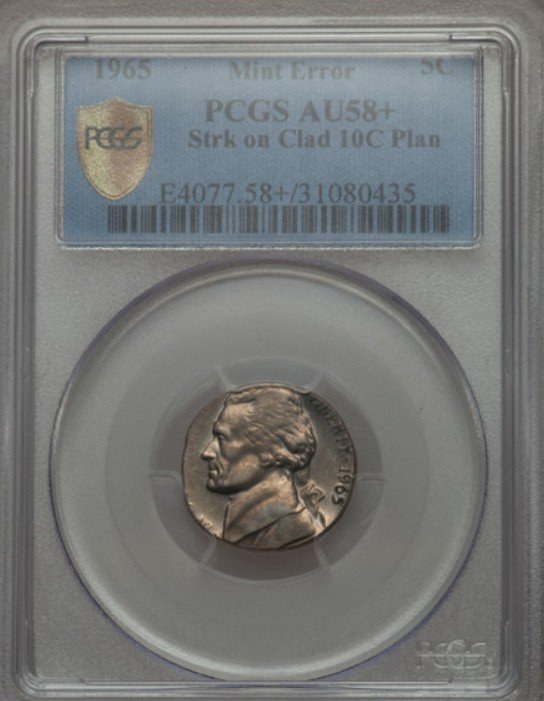
Description:
A nickel design struck on a dime blank. The smaller and lighter planchet doesn’t fill the nickel’s collar.
How to Identify:
- Weight around 2.27 g (vs. 5.00 g normal).
- Diameter about 17.9 mm (smaller than a nickel).
- Copper stripe visible on the edge from dime’s clad layers.
- Parts of LIBERTY, the date, or Monticello cut off.
Value:
AU58+ sold for $325. Mint State examples with clear diagnostics can reach higher prices.
Where to sell your nickel?
Now that you’re aware of your nickel’s value, you may be curious about the best places to sell it. Don’t worry: here’s a rundown of some top online marketplaces where you can conveniently sell your nickels, along with their benefits and drawbacks.
Explore the best platforms for selling nickels online (advantages and disadvantages).
FAQs
How much is a 1965 nickel worth today?
Most circulated examples are worth only $0.05, but high-grade or FS coins can be worth thousands.
How much is a 1965 nickel with no mint mark worth?
Mint mark absence does not affect value—both business strikes and special strikes were minted in Philadelphia without mint marks.
Is a 1965 nickel real silver?
No. It’s made of 75% copper and 25% nickel.
What makes a 1965 nickel valuable?
High grades (MS67+), FS designation, rare errors, and special strike Cameo/Deep Cameo examples.
How can I tell if my 1965 nickel is Full Steps?
Use a magnifier to check Monticello’s steps—there should be five or six fully visible, unbroken lines.

